If you want to gain full benefits from your beauty routine, understanding how to properly layer skincare products is crucial. Get this right and you’ll be encouraging each product you apply to work to its full potential, rather than unintentionally blocking or diluting certain products before they’re able to work their magic.
So, what are the secrets behind layering skincare like a pro? Read on as Introstem talks you through everything you need to know!
Always Start With Cleansing
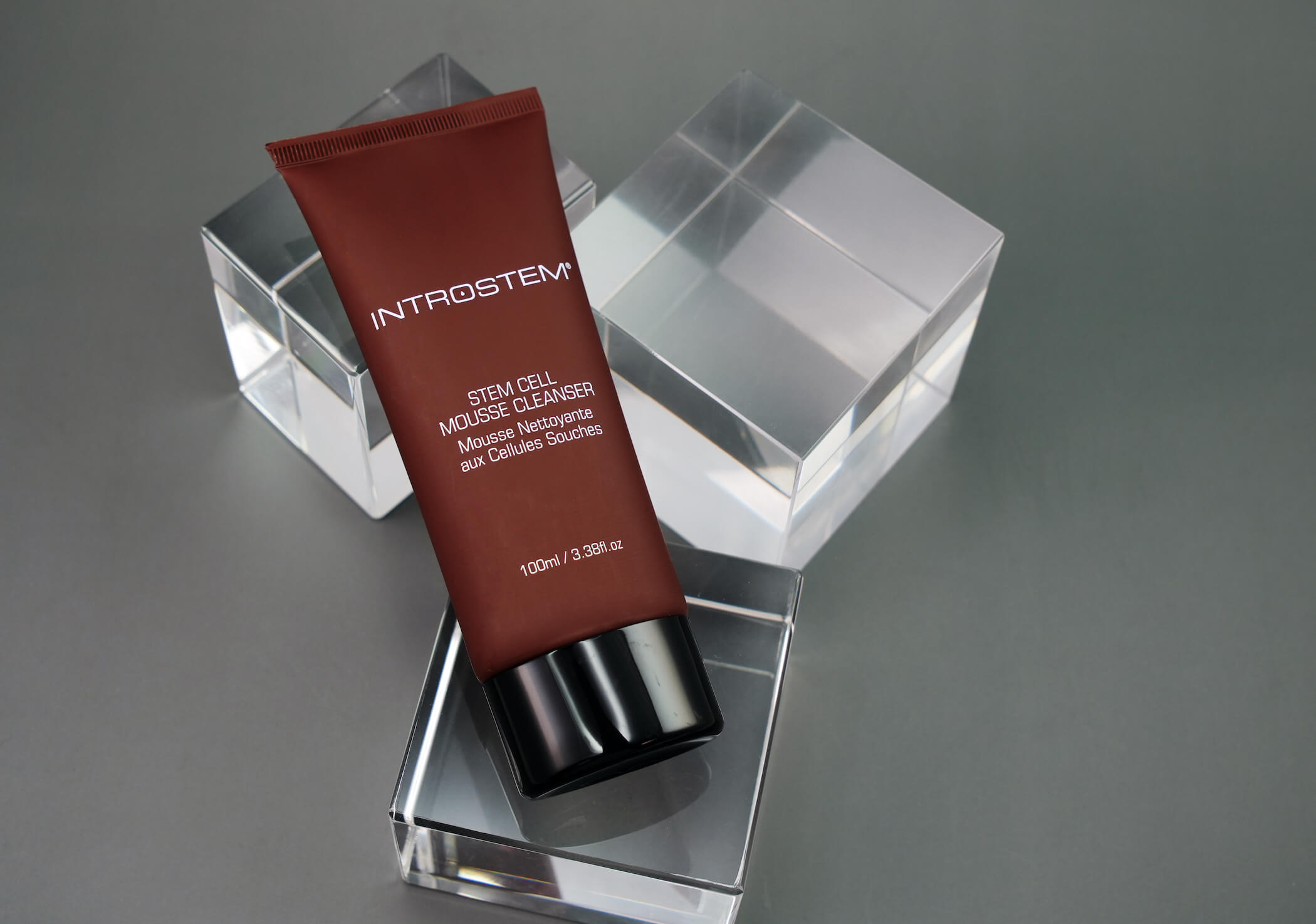
The very first step in every skincare routine, especially if you plan on layering multiple products, should be to cleanse your skin. This will clear away the dirt, sebum, dead skin cells, dirt, impurities, and everything else that has settled on the surface of your skin. If you skip this step and leave all of that intact, they’ll form a barrier that will prevent your skincare products from accessing your skin cells. Instead, those products will sit atop all of those impurities, resulting in clogged pores and a congested appearance.
If you want to see the very best results possible when you layer skincare, use a gentle cleanser. You want to thoroughly cleanse your skin without irritating it at all, which is something that the Introstem Stem Cell Mousse Cleanser excels at. This is a sulfate-free formula, so you won’t have to worry about stripping away your skin barrier. Instead, thanks to its coconut-derived cleansing agents, along with its vitamins, antioxidants, and botanicals, it will leave your skin feeling clean yet beautifully strong and healthy.
Next, Exfoliate if Needed
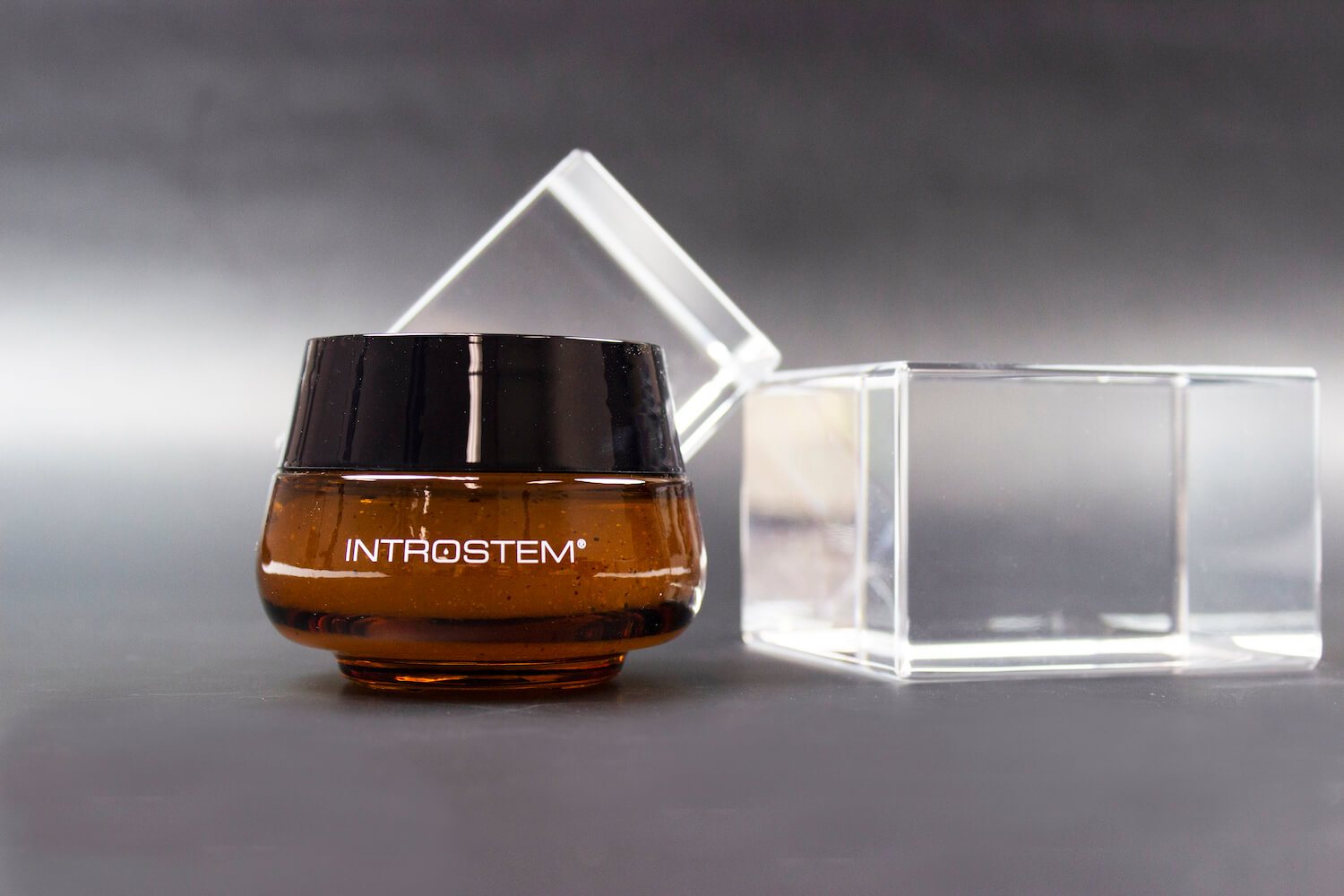
While cleansing should be done every day (twice a day, in fact), you definitely shouldn’t be exfoliating your face this often. Over-exfoliating will only end up causing you a whole host of skin problems, requiring you to completely stop exfoliating for a while. Ideally, you want to exfoliate in line with your skin type. Oily skin should be exfoliated two to three times a week, dry skin once or twice a week, and sensitive skin even less than this.
Either way, whichever category you fall into, exfoliation should always be done after cleansing. There’s no point applying anything to your face before this as those products will only be removed with your exfoliator.
Just like when choosing a cleanser, find an exfoliator that will get the job done thoroughly without causing any harm to your skin, just like the Introstem Stem Cell Facial Peeling. This unique formula makes use of mandelic acid to chemically exfoliate the skin and bamboo powder to provide mechanical exfoliation. This peel is also loaded with powerful antioxidants that will quickly have your skin looking bright and revitalized.
Apply a Toner
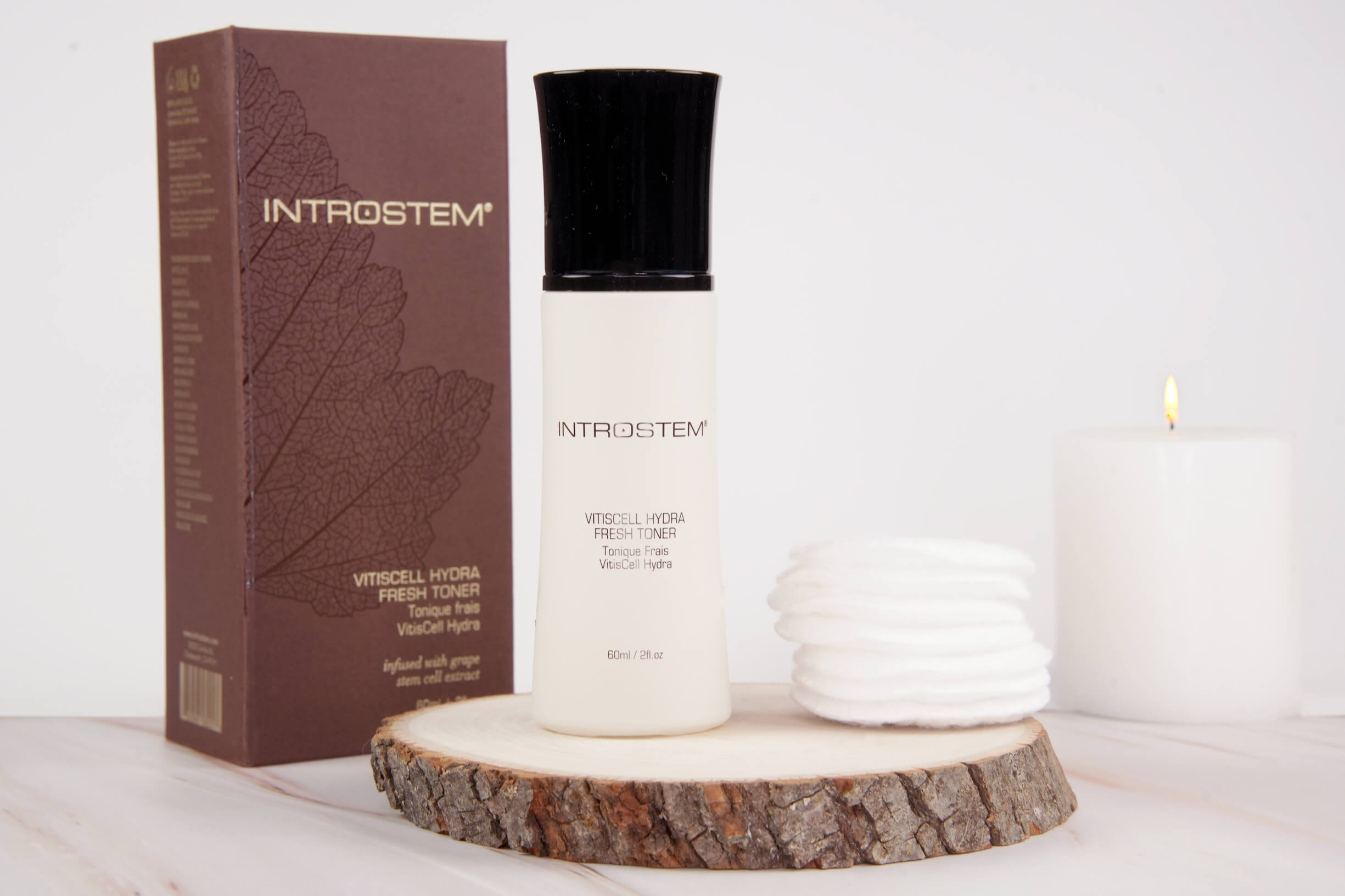
Now that you’ve removed any potential obstacles that would have prevented your products from penetrating your skin, you can start to think about how to properly layer skincare. The general rule of thumb to keep in mind is that products should be layered from thinnest to thickest. After all, your thin and lightweight products, such as a toner, won’t be able to push past heavier formulas, like creams. Apply a toner after moisturizing and that toner won’t be able to do much. However, apply a toner at the beginning of your skincare routine and it will easily be able to reach your skin cells.
If toning isn’t something that you usually do, the Introstem VitisCell Hydra Fresh Toner will likely change your mind about this. Unlike some toners, which can have a dehydrating effect on the skin, this one has been crafted to ramp up the skin’s hydration levels. With a blend of aloe vera leaf juice, hemp seed oil, and cucumber fruit extract, it will leave your skin looking plump and radiant.
Layer Your Serums Correctly
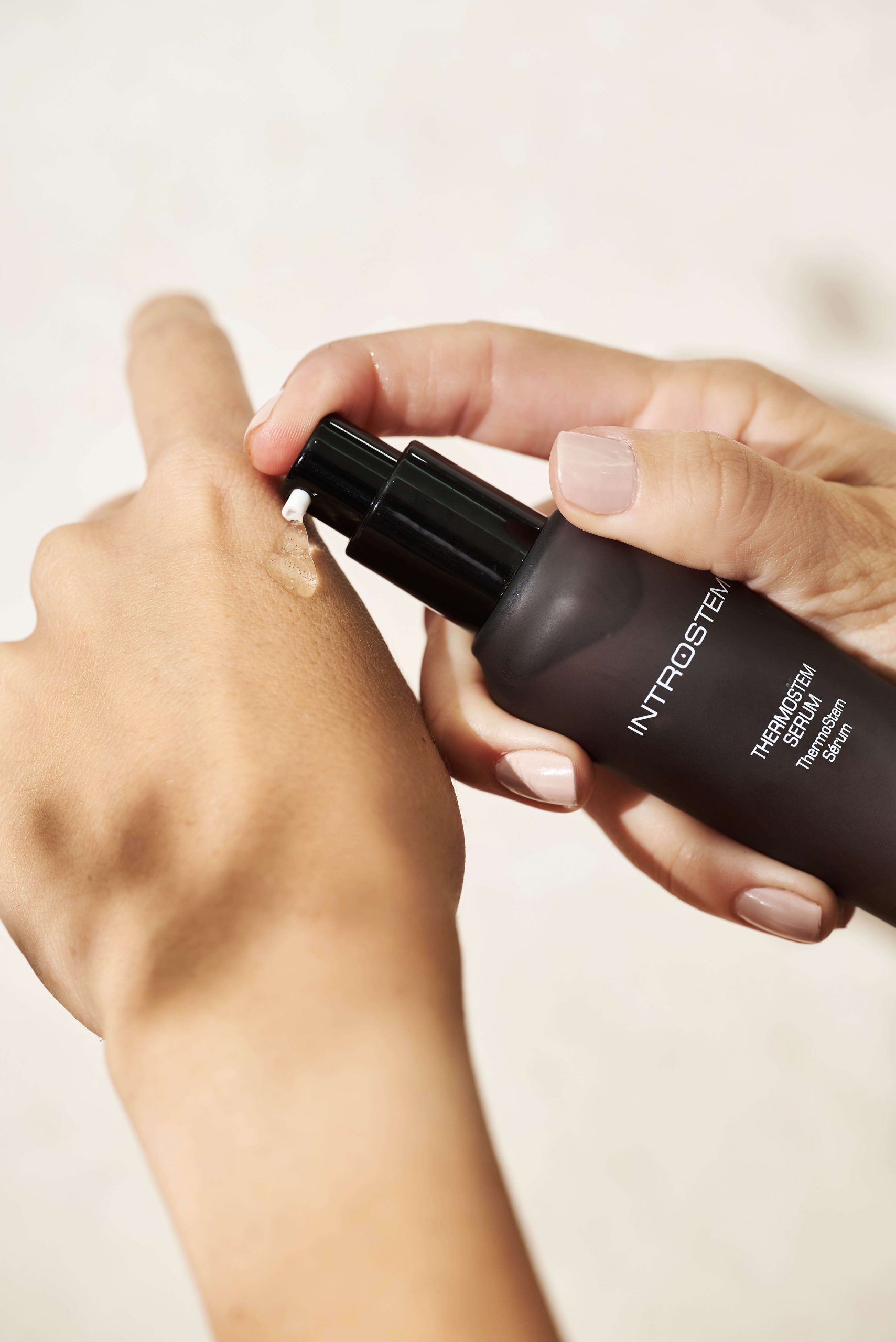
The serum stage can sometimes be confusing for people who are trying to learn how to correctly layer skincare products. Why? Because many use two or three serums in their skincare routine. Knowing which to apply first isn’t always clear-cut.
Your first option would be to go with the light-to-heavy rule. Start with a lightweight, oil-free serum, like the Introstem ThermoStem Serum. Then, apply any serums that contain slightly heavier ingredients. The Stem Cell Vitamin C Serum, for example, is formulated with a few plant oils, which would place it at the heavier end of the scale.
The exception to this rule would be if you’re hoping to target specific visible skin concerns with certain active ingredients in your serums. Retinol, for example, is a popular serum ingredient. Even if your retinol serum is slightly thicker than your other serums, you may still want to apply it first so that the retinol, or whatever other active ingredient your serum contains, is able to come into direct contact with your skin cells.
Know When to Apply Your Eye Care Products
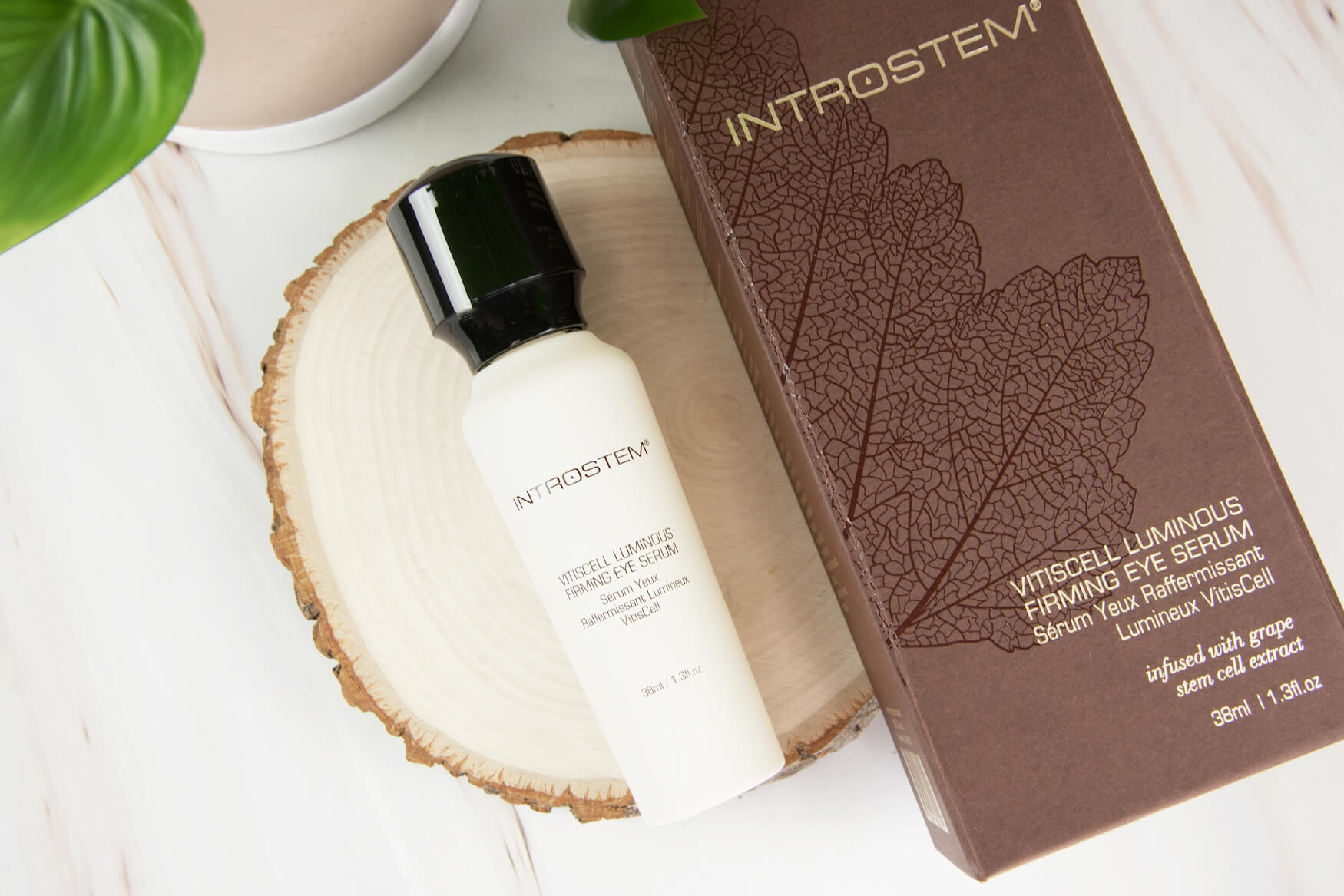
While understanding how to layer skincare isn’t too difficult when you’re only using two or three products, it becomes more complicated with the more products you apply. Adding eye care products into the mix can really confuse things!
Let’s start with eye serums, like the Introstem VitisCell Luminous Firming Eye Serum. Some people prefer to use an eye serum before their face serums, whereas others do things the other way around. Which is correct? Both methods work. Apply your eye serum first and your eye area will benefit more directly from it compared to if you apply it after you’ve layered on your face serums. However, don’t forget that the eye area is more sensitive than the rest of the face. Applying your face serums first can help to minimize the feeling of irritation when you apply your eye serum.
What about eye creams? Apply your eye cream after you’ve applied both your eye serum and your face serums, but before you turn to your face moisturizer. Eye creams are thicker than serums but usually lighter than face creams. This makes them an easy product to incorporate when learning how to layer skincare.
Moisturize & Protect (or Protect & Moisturize)
The final two products that you should include in your daily skincare routine are a moisturizer and a sunscreen. Both are applied after toners, serums, and eye creams. However, knowing which to turn to first can be a little tricky…
It all comes down to the type of sunscreen you’re using; chemical or mineral. They each work in different ways, which needs to be taken into consideration when learning how to properly layer skincare.
In order for a chemical sunscreen to work properly, it needs to be near to your skin. For this reason, it should be applied before your face cream. Apply it after and your face cream will block your SPF from fully protecting your skin. This will leave you susceptible to sun damage.
Mineral sunscreens, on the other hand, need to be sitting on the outermost layer of your skin to work properly. Therefore, these should be applied after you’ve used a face moisturizer.
If all of this sounds complicated, you could also just take the easy route and go with an SPF moisturizer. The Introstem VitisCell Facial Shield Cream SPF 30, for example, will both moisturize and protect. Apply it after your serums and it’ll make it much simpler for you to correctly layer skincare.
Fitting in Face Masks
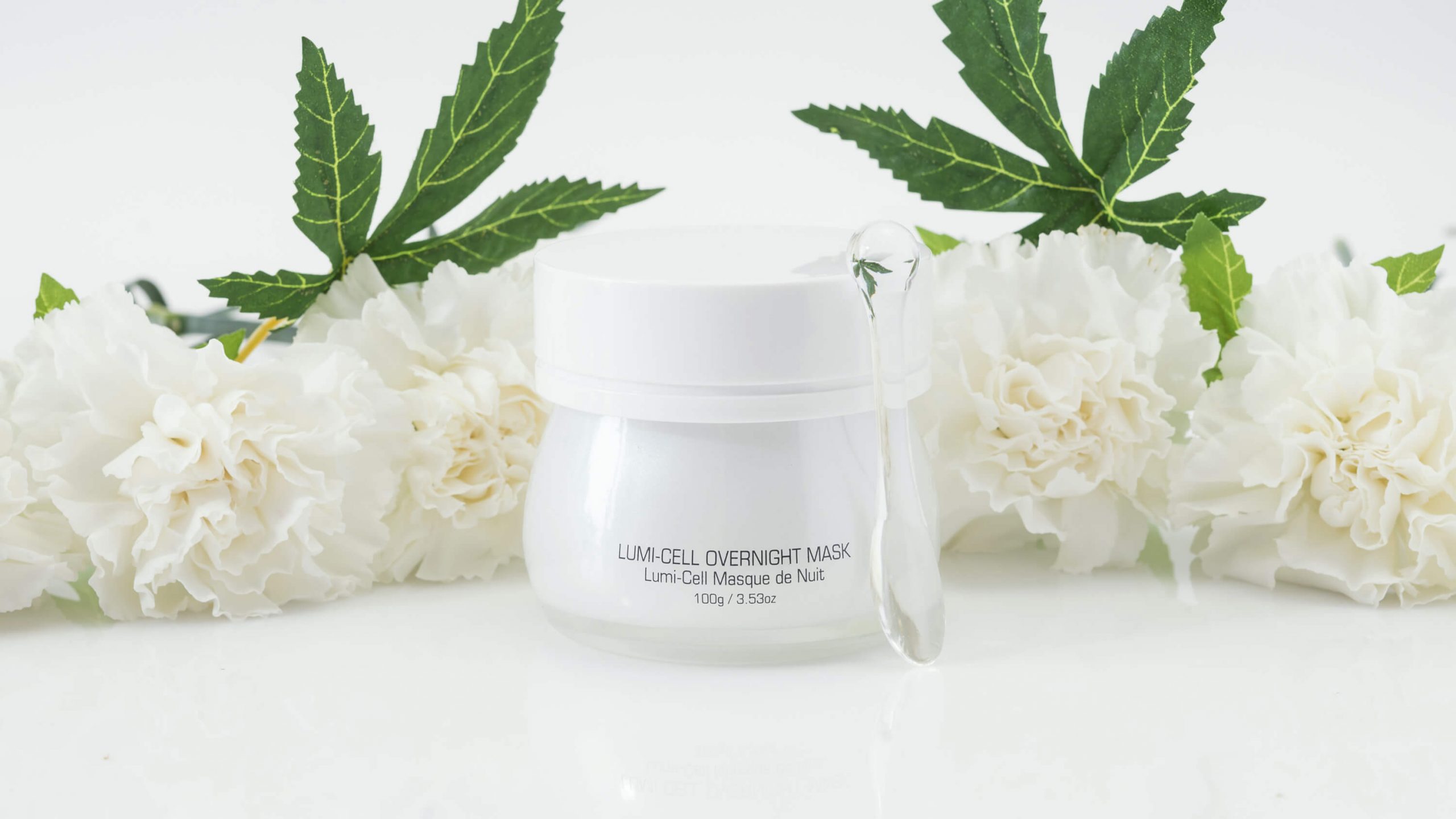
We’ve talked about toners, serums, creams, SPF, and more, but where do face masks fit in?
Usually, a face mask is applied after cleansing (and exfoliating). Since most masks are products that are removed after use, you don’t want to apply them after your serums and creams as they’ll only end up removing some of those products. Plus, whether you’re using a sheet mask, a clay mask, or anything else, most masks are a great way to prep the complexion for the rest of a skincare routine.
Of course, there’s always an exception! In this case, it would be with leave-on masks, like the Introstem Lumi Cell Overnight Mask. This mask doesn’t need to be rinsed off. As a result, save it for near the end of your skincare routine. Apply it after you’ve used your serums but before you moisturize your skin. Most no-rinse masks consist of a slightly thicker formula, so this is where they fit in best when it comes to the light-to-heavy rule. Your face cream will then help to seal your mask into your skin.
Adapt Your Products to Your Skin’s Changing Needs
Once you’ve finally figured out how to properly layer skincare, the last thing you want to do is have to start from scratch with new products. Unfortunately, this is exactly what you’ll have to sometimes do.
Why? Because your skin’s needs are constantly changing. Your skincare routine needs to adapt to these evolving requirements. This will require you to add and remove various skincare products throughout the year.
In the winter, your skin will be much drier. Your skincare routine will need to contain thicker products and you may also want to add in a facial oil. If this is the case, use your oil after moisturizing your skin. Oil repels water so you don’t want to apply any water-based ingredients or products to your skin after oiling it.
In the summer, when sebum production increases, you’ll be able to lighten up your skincare routine. You might even be able to cut it back a bit, making layering easier.
Learning How to Layer Skincare Like a Pro
If you’re new to skincare, learning how to correctly layer all of the products in your routine can seem daunting. However, it’s well worth taking the time to get this right as it really will allow all of your products to work to their full potential.
Our advice? Make things easy for yourself by starting with a routine that contains just three products; a cleanser, a serum, and an SPF moisturizer. Then, add in one new product at a time, whether this may be a toner, another serum, an eye cream, or anything else. This way, you’ll only need to learn how to layer one new product at a time, which will save you from making any big mistakes.
Click here to add more bestselling Introstem products to your skincare routine.


0 comments on “How to Layer Skincare Products Like a Pro”